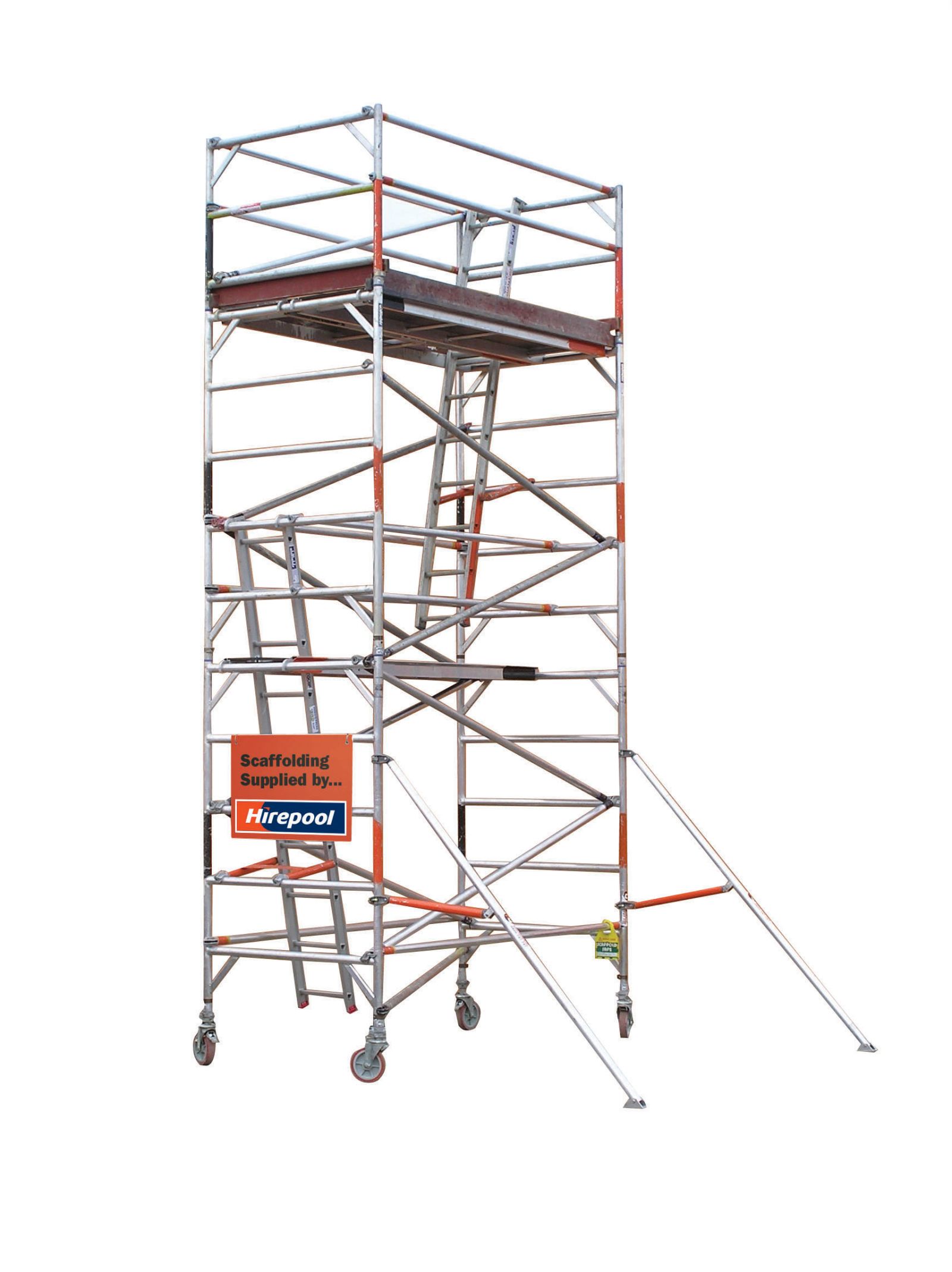- berryriver3
- https://actonscaffolding.co.uk/index.html
- Location: North 24 Parganas, Rajasthan, India
User description
Scaffolding Training: Enhancing Skills for Security and Effectiveness
Scaffolding training is essential for building workers' security and performance. It equips them with abilities to recognize threats, team up properly, and attain productivity. The training focuses on practical strategies for erecting and customizing scaffolding, stressing safety and security tools usage and emergency situation procedures. By purchasing this training, business preserve secure work environments and improve job criteria. The next sections will give more understandings right into the crucial abilities taught, safety measures, efficiency advantages, and applying training programs.
Importance of Scaffolding Educating
Scaffolding training plays a vital function in making sure the security and efficiency of construction employees at task sites. Skill growth is a pivotal element of this training, as it gears up workers with the necessary understanding and capacities to put up, take down, and work with scaffolding structures safely.
Without correct training, workers may lack the skills needed to identify possible threats, usage tools correctly, and adhere to safety and security protocols, placing themselves and others at risk. Work environment security is a leading concern in the building and construction industry, making scaffolding training an essential investment for companies wanting to maintain a secure workplace.
Key Skills Instructed in Training
A crucial component of scaffolding training includes imparting employees with the important abilities needed to navigate building and construction sites safely and effectively. Practical methods and hands-on method are essential aspects of the training educational program. Workers are taught how to set up, dismantle, and change scaffolding structures utilizing industry-approved approaches. With hands-on technique, they discover to determine possible risks, make use of security tools appropriately, and assure the security of the scaffolding.
Moreover, team cooperation and communication skills are highlighted throughout training sessions. Scaffolders are trained to function properly in groups, collaborating their initiatives to boost performance while preserving safety criteria. Communication abilities are important for conveying crucial information concerning jobs, security methods, and possible risks on the building site. https://actonscaffolding.co.uk/index.html Scaffolders are taught to communicate clearly and concisely with team members, managers, and other tradespeople to ensure a smooth workflow and avoid crashes. By developing these key skills, employees end up being competent in scaffold setting up and upkeep, adding to a much safer and much more reliable workplace.
Precaution and Protocols
Employees in scaffolding training are introduced to an extensive collection of safety measures and protocols developed to guarantee a safe and secure working environment on building websites. Safety tools plays an essential role in guaranteeing the health of employees at raised elevations. This includes harnesses, safety helmets, gloves, and non-slip footwear, all of which are important for protecting against mishaps and injuries.
Along with the appropriate use of safety and security tools, employees are learnt emergency treatments to be adhered to in instance of accidents or dangerous circumstances. Emergency situation procedures cover protocols for responding to incidents such as drops, scaffold collapse, or unfavorable climate condition. It is necessary for workers to be skilled in these treatments to act quickly and successfully in emergency situation situations.
Effectiveness Benefits in Building
Enhancing performance with streamlined procedures and optimized operations is a key emphasis in taking full advantage of performance advantages within the building and construction market. By applying effective techniques, building and construction firms can greatly boost efficiency levels. One method this is achieved is by lowering downtime via efficient planning and organizing of jobs. temporary roofs This guarantees that employees are continuously engaged in efficient tasks, causing increased outcome without compromising quality.
In addition, enhancing workflows can lead to considerable cost financial savings for building projects. Effective utilization of resources, such as products and devices, decreases waste and reduces unnecessary expenditures. In addition, improved efficiency often causes faster project completion times, permitting business to minimize labor costs and potentially tackle even more projects within the exact same timeframe.
Executing Training Programs
With the fast developments in building innovations and safety and security policies, the application of extensive training programs has actually become important for ensuring the competency and safety of personnel on building and construction sites. Training methods and execution techniques play a crucial function in outfitting employees with the essential skills to execute their tasks effectively and safely.
To boost ability advancement, training programs should incorporate hands-on practice, simulations, and interactive sessions to imitate real-life scaffolding scenarios. Furthermore, using a range of evaluation approaches such as composed examinations, sensible evaluations, and on-site monitorings can aid assess the effectiveness of the training and recognize locations for enhancement.
Implementing an all-around training program that covers not just the technological aspects of scaffolding yet also stresses security procedures and risk administration is essential for preparing employees to handle the difficulties they may encounter on construction websites. By prioritizing extensive training programs, building business can promote a society of safety and security, effectiveness, and continual discovering amongst their labor force.
Scaffolding Accreditation Process
The scaffolding certification process is essential for guaranteeing that workers meet the necessary safety criteria.
This procedure typically includes:
- a summary of certification needs,
- a comprehensive training program covering important topics, and
- a final test integrated with a practical assessment.
Comprehending the elements of this certification process is essential in maintaining a safe and reliable workplace.
Accreditation Requirements Overview
Effective completion of the scaffolding qualification process is a compulsory action for individuals seeking to operate in the building industry. To satisfy market standards, qualification demands normally include:

- Recognizing of scaffold kinds and utilizes
- Understanding of security regulations and procedures
- Competence in setting up and disassembly methods
- Experience with load capacities and weight circulation
- Capacity to check and maintain scaffolding equipment

Meeting these certification needs ensures that employees have the necessary abilities and understanding to run scaffolding securely and successfully on building websites, reducing the danger of accidents and boosting general performance.
Training Duration and Material
During the scaffolding certification process, prospects go through extensive training sessions to get essential skills and knowledge needed for risk-free and efficient scaffold operation. The training intensity is developed to cover a wide range of subjects, consisting of safety and security laws, devices handling, setting up, and taking down procedures.
Assessment methods such as practical demos, composed exams, and hands-on exercises are made use of to evaluate the prospects' understanding and efficiency. Personalized components are customized to deal with certain requirements and obstacles, making sure that students receive thorough instruction relevant to their functions.
Practical application workouts play a vital duty in enhancing academic understanding, permitting prospects to apply discovered concepts in real-world situations. By incorporating theoretical learning with hands-on practice, the training equips individuals with the required experience to master scaffold operations.
Test and Practical Analysis
To examine prospects' competency in scaffold procedure, a detailed exam and sensible analysis are indispensable parts of the scaffolding qualification procedure. The examination assesses the academic understanding of scaffold safety and security laws, setting up procedures, and danger understanding. Additionally, the sensible demonstration assesses prospects' capability to construct, dismantle, and inspect scaffolds properly.
The mix of both parts warranties that certified individuals possess the needed skills and understanding to work securely and efficiently with scaffolding systems. The practical analysis permits prospects to showcase their hands-on abilities, while the knowledge assessment examinations their understanding of essential concepts. Together, these evaluations make certain a total examination of candidates' readiness to work in scaffolding procedures.
- Theoretical understanding evaluation
- Practical presentation analysis
- Scaffold setting up and taking apart analysis
- Threat identification and mitigation evaluation
- Evaluation procedures understanding confirmation
Regularly Asked Questions
What Are the Common Challenges Dealt With by Workers Throughout Scaffolding Training?
During scaffolding training, difficulties encountered by workers may include lack of experience, concern of heights, and insufficient expertise of security treatments. Solutions entail thorough training programs, hands-on technique, and constant assistance to ensure skills and self-confidence.
How Does Scaffolding Training Influence Work Environment Culture and Interaction Amongst Construction Teams?
Boosted workplace culture and interaction amongst building teams are significant end results of scaffolding training. Enhanced synergy originates from shared understanding of safety methods, leading to raised performance and reduced threats on building sites.
Can Scaffolding Training Help In Reducing the Number of Office Accidents and Injuries in the Building Market?
Improving work environment safety through comprehensive scaffolding training can greatly decrease the number of workplace mishaps and injuries in the building and construction sector. By enhancing abilities and knowledge, workers can run a lot more effectively, guaranteeing a more secure workplace.
Are There Any Details Laws or Laws Regarding Scaffolding Educating That Employers Need to Be Familiar with?
Employers should adhere to regulative requirements and compliance standards when it comes to scaffolding training. Particular regulations dictate the needed training methods to ensure the safety and efficiency of workers in the building market.
Just How Does Scaffolding Training Differ for Various Sorts Of Building Projects, Such as Residential Vs. Commercial Buildings?
Scaffolding training ranges property and commercial projects because of the unique precaution, techniques, and devices needs. Residential jobs commonly involve smaller structures and simpler configurations, while industrial structures demand extra complex systems and adherence to stringent security protocols.
Final thought

In summary, scaffolding training plays a crucial duty in enhancing abilities for security and efficiency in building projects.
By concentrating on vital abilities, precaution, and methods, workers can better understand the relevance of correct scaffolding methods.
Implementing training programs and obtaining certification can greatly improve the total efficiency and efficiency of building and construction tasks.
It is necessary for workers to continually update their skills and understanding with training to ensure a secure and efficient workplace.
